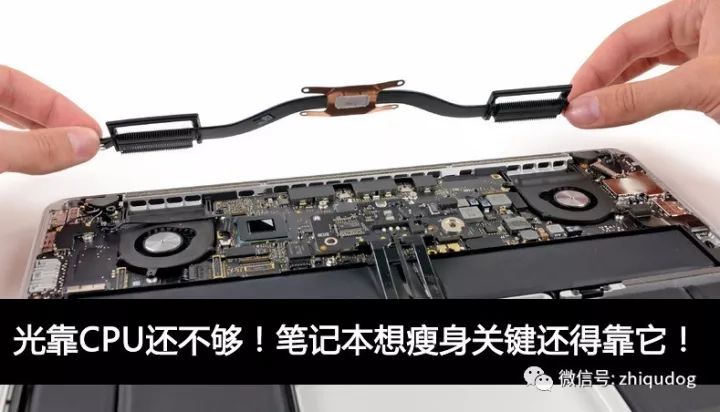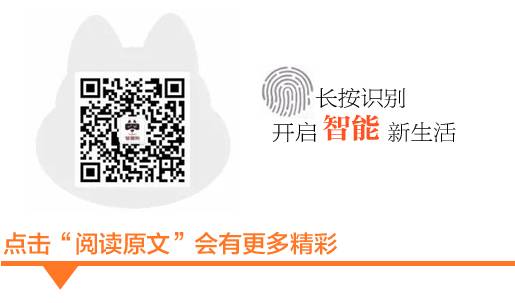
In 2017, many flagship smartphones, represented by the Samsung S8, began to support Bluetooth 5.0 technology. However, many people still do not understand what Bluetooth 5.0 is and how it differs from the earlier widely adopted Bluetooth 4.x.
Bluetooth 5.0 has not been heavily promoted by mobile manufacturers because it does not focus on better performance or is not tailored specifically for smartphones. Its emergence primarily benefits the increasing number of Internet of Things (IoT) devices.
Have you noticed that in the past decade, in addition to smartphones, an increasing number of devices have been endowed with “smart” attributes? From smart cars, smart refrigerators, and smart washing machines to smart wristbands, smart lamps, and smart sports shoes, we have unknowingly fallen into the world of IoT.
Impressive Improvements of Bluetooth 5.0
When we mention Bluetooth, it is an older wireless technology than 2G (used for internet access) and Wi-Fi. However, due to Bluetooth’s limited transmission range compared to mobile communication technologies and slower transmission speeds than Wi-Fi, it once became the least used wireless technology, mainly playing a role in audio peripherals.
However, with the popularization of the latest Bluetooth 5.0 standard, this wireless technology is set to achieve greater glory in the IoT field.
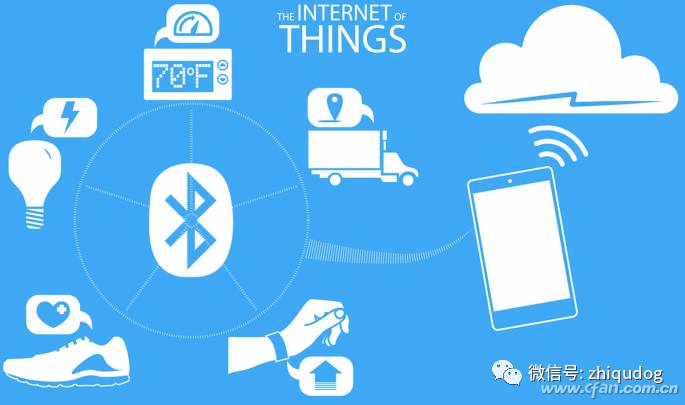
First, let’s understand the features of Bluetooth 5.0: it can provide over four times the communication range (300 meters) and double the transmission speed (2Mbps) in the existing power-saving mode (Bluetooth 4.2), while adding navigation features that, combined with ubiquitous Wi-Fi, can achieve Bluetooth indoor positioning with an accuracy close to 1 meter.
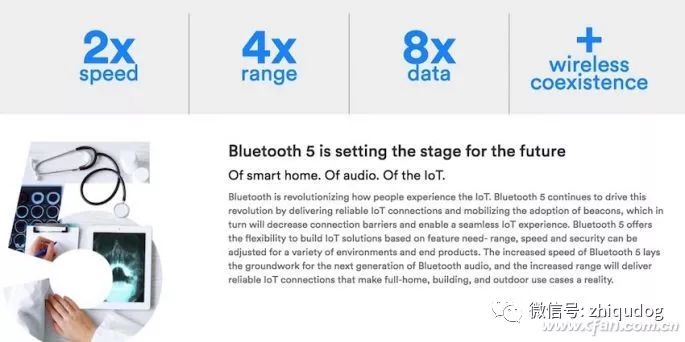
It is important to note that Bluetooth technology introduced the HS high-speed protocol starting from 3.0, allowing mobile devices to achieve transmission speeds of 24Mbps via Wi-Fi channels. However, Bluetooth 3.0+HS is limited to laptops, tablets, and smartphones, requiring support from similar wireless network card hardware that integrates Bluetooth and Wi-Fi in the same module. Smaller IoT devices like smart wristbands are unable to integrate Wi-Fi modules due to size and power constraints, and thus cannot enjoy high-speed transmission.
Competing with Wi-Fi in the IoT Realm
The rise of IoT has provided a larger stage for Bluetooth 5.0 to perform.
Some might wonder, since Bluetooth 5.0 still operates on the 2.4GHz frequency, it faces the risk of signal interference; Wi-Fi (5G) solves the signal interference problem and, with the help of relay amplifiers, can theoretically extend to an infinite range, making it a more reliable choice for connecting everything, right?
In reality, Bluetooth 5.0 has significantly improved its anti-interference capabilities. The Bluetooth Special Interest Group has stated that compared to Wi-Fi and LTE signals, the new Bluetooth can avoid “signal congestion” to some extent in confined spaces. Furthermore, Bluetooth 5.0 not only has a theoretical effective signal communication range of 300 meters, but it is also developing mesh networking technology, which allows Bluetooth 5.0 devices to act as signal relay stations, thereby transmitting signals over infinite distances.

Most importantly, Bluetooth 5.0 continues to exhibit unparalleled characteristics in low power consumption.
It is important to understand that IoT devices (such as sensors and wearable devices) are becoming increasingly smaller, and their battery capacity is limited. Therefore, Bluetooth 5.0, which can achieve ultra-miniature Bluetooth chips (receivers) and save 25% to 100% more power than Wi-Fi, is naturally favored by small IoT devices.
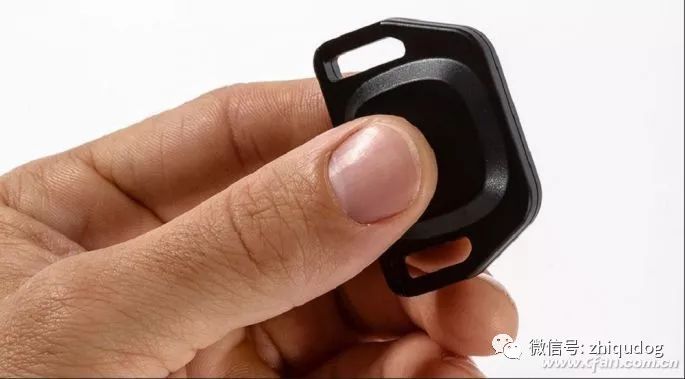
It should be noted that the primary use of Bluetooth 5.0 is for high-frequency, low-volume data transmission (such as mobile phones reading step data from fitness trackers or issuing commands to smart home devices), while high-speed data transmission and internet access still rely on Wi-Fi.
Thus, Bluetooth 5.0 acts more as a complement to Wi-Fi, efficiently and energetically replacing tasks traditionally handled by Wi-Fi in the IoT domain.
After reading this article, 99% of readers will also click on:
